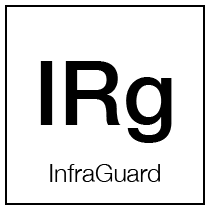







Tween Healthy Skin Routine
Treatment pack for pre-teens that want to maintain healthy, breakout-free skin.






Choose options




Pre-teens / Tween Healthy Skin
treatment objectives
Pre-teens / Tween Healthy Skin
products in your treatment pack




Unclog Pores

Minimize Pores

Anti-Acne

anti-redness

↓ inflammation






SIZE: 50 mL

barrier repair

↑ Elasticity

anti-aging

Moisturizing

↓ inflammation







SIZE: 50 mL

Antioxidant

anti-aging

DNA repair

sun protection

Moisturizing























